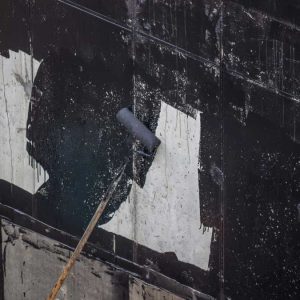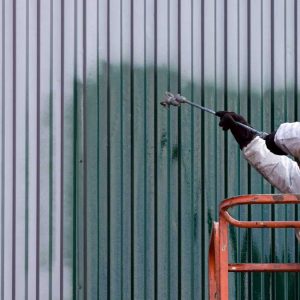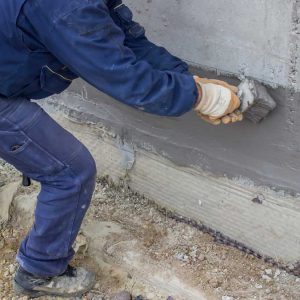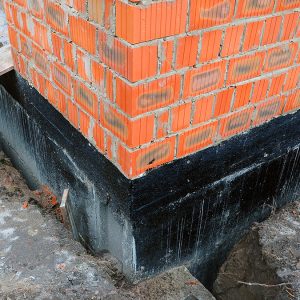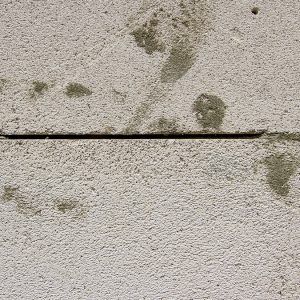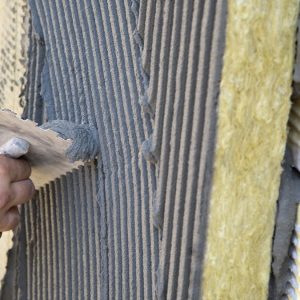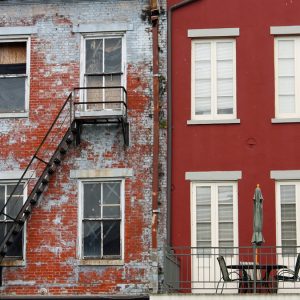How long does exterior waterproofing last?
Exterior waterproofing reduces the risk of foundation shifting, water infiltration, mold, musty odors, and other issues. When done correctly, this process can protect the structure of a building and fortify the construction materials. Waterproofing is not a one-time solution, though. It requires repeat applications over time. Read on to learn how long exterior waterproofing lasts.
Read MoreWhat is the difference between commercial and residential painting?
Commercial painting and residential painting are two sides of the same coin. They involve similar core materials and skills, but they are far from identical. Let’s explore the difference between commercial and residential painting.
Read MoreWhat is waterproofing construction?
Most construction materials are vulnerable to water, even if they appear durable at first glance. A strong surface like concrete is still porous enough to experience water damage. This is where waterproofing construction comes in. Through strategic waterproofing and sealing, you can protect almost any building from mold, foundation shifting, hydrostatic pressure, and other issues.
Read MoreHow do you repair a concrete parking lot?
All concrete structures eventually crack. This may not happen for decades, but sooner or later, the concrete starts to wear down. If you have an older concrete parking lot on your property, you may be debating between repair and replacement. Let’s review your options to decide how to best improve your parking lot.
Read MoreHow to fix below-grade water damage
Water is a seemingly harmless element that can be disastrous for constructions. Whether you have a small office building or a large-scale factory, your building needs to be properly protected. This starts at the ground level—addressing below-grade water and repairing damage as quickly as possible.
Read MoreDo concrete joints need to be sealed?
Water-resistant concrete is designed to withstand water exposure, but only if it is functioning properly. Joints are common fail points in water-resistant concrete, especially when they are not sufficiently sealed. Water infiltration can rust the rebar supporting the concrete and erode the structure from within. With concrete joint sealing, you can bypass these issues and protect the integrity of the concrete structure.
Read MoreWhat’s the difference between a parking lot and a parking garage?
Whether you’re moving to a new location or constructing a commercial property, parking is an essential consideration. Where will your guests and employees park, and will the parking area support the volume of vehicles you’ll have? Let’s compare parking garages and parking lots to help you decide which option is right for you.
Read MoreCan EIFS go over brick?
Exterior Insulation and Finish Systems (EIFS) is an exterior insulating system commonly used to clad commercial buildings. This creates a stucco-like appearance that is desirable, easy to clean, and long-lasting. Many newly constructed buildings are made with EIFS, but what about existing buildings? Can EIFS go over brick or brick veneer?
Read MoreHow water impacts the lifecycle of concrete
Water affects concrete at every stage of its life, from the initial mixture to long-term use. To maximize the lifespan of a concrete structure, it’s important to understand this relationship. Read on to learn how water impacts concrete at each milestone.
Read MoreCan you restore brickwork?
Brick and mortar are susceptible to damage with time. This damage may not occur for decades or even centuries, but eventually masonry starts to wear down. Masonry restoration is the process of restoring older brick structures to their former glory. Let’s explore how this process works and why brick restoration is important.
Read More
